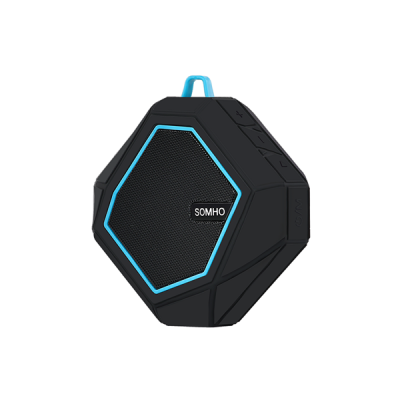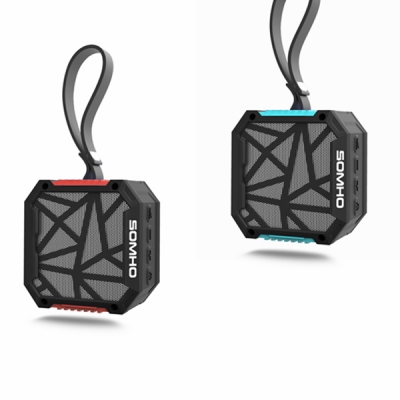20TB hard drive launched before 2020 with glass substrate manufacturing
In the past few years, the hard disk density to enhance the speed of the slowdown. Although Seagate and the West continue to work hard, put more discs, use helium, continue to introduce a larger capacity hard drive, but the hard disk density to enhance the speed gradually slow down, it is an indisputable fact. Now West and Seagate towards 20TB high-capacity hard drive forward, this time the glass substrate to become "key Mr.".
In the case of
So far, only the notebook hard drive using glass substrate, compared with the aluminum plate glass has several advantages. First, the glass is stronger than aluminum, allowing manufacturers to put thinner and lighter discs. In addition, compared with the aluminum substrate, the glass substrate is more flat and more smooth, more closely together, when the heat expansion is much weaker, that is to say the ability to cope with thermal expansion stronger. Also, let the spindle press the glass plate at a given speed, the need for less power, if the use of aluminum discs, because of its weight heavier, so a little higher energy consumption.
In the case of
Japanese company Hoya believes that HDD manufacturers will use glass in 3.5-inch hard drive, 2.5-inch notebook hard drive has been used. Hoya shows a prototype glass disc that has two thicknesses, one for 0.5 mm and one for 0.381 mm and currently using a disc thickness of 0.635 mm. There must be a gap between the disc and the disc. If this is the case, if the disc size is reduced by 40%, more discs can be loaded in the same capacity. The glass substrate facilitates the introduction of heat-assisted magnetic recording (HAMR). If you want to write data on the hard disk, the hard disk will heat the writing part with the laser. Seagate is ready to roll out HAMR drives in 2018 and expand capacity to 20TB by 2020.
In the case of
Why do manufacturers use glass substrates on 3.5-inch drives? Because the HDD industry if you want to compete with the SSD, only a card can be large: increase capacity. Cloud services are becoming more and more popular, backup services are emerging, and enterprise back-end storage is growing. Enterprises use SSD and NADN cache data, some companies in the cache server with NAND to replace DRAM. Samsung sometimes introduced large-capacity NAND memory, its performance HDD can not match, but Samsung products failed to spread in the market, because the price is too expensive, we can not stand.
In the case of
The price gap between HDD and SSD has narrowed, and we have seen SSD penetrate into some territories, which were dominated by high-capacity HDDs. For a long time, consumers are moving to NAND, but enthusiasts will still buy HDDs for storing local backup data.
In the case of
In the long run, only the increase in capacity HDD can enhance the attractiveness, even if the cost of glass discs higher, companies will accept. In the near future, if you need 100-500TB capacity, SSD is absolutely not cheap. Look at the world, more and more data, storage demand is growing, there is no sign of slowing growth.














